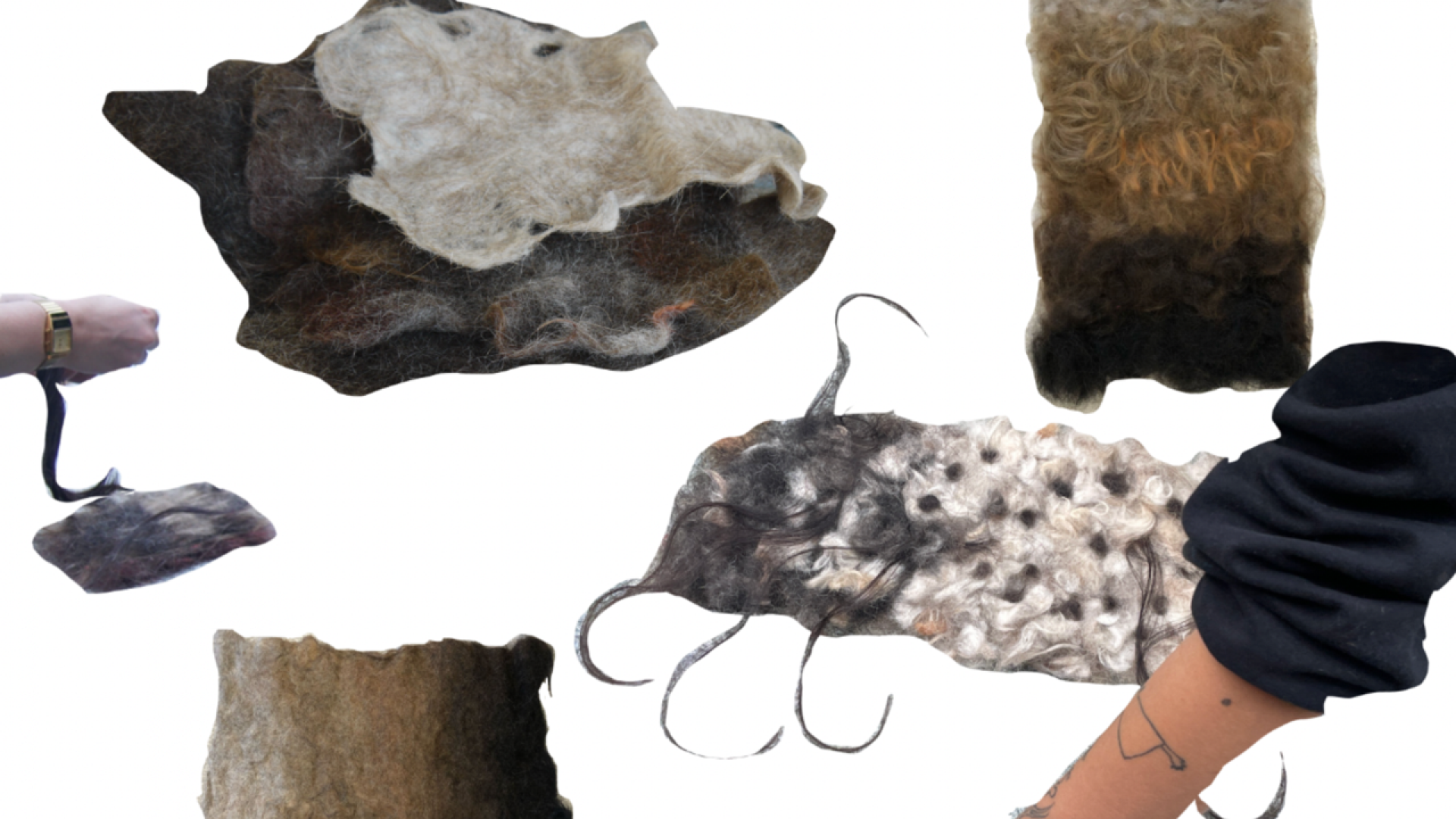The entanglement
It may seem simple to throw hair in the trash bin, but it doesn't just disappear. Hair takes years to decompose, its long-term presence in landfills and waste streams takes up a lot of space. Runoff from these landfills can gradually increase nitrogen levels in water bodies, Chemicals in hair care products can damage coral reefs, and human hair treated with bleach or chemicals can leach out these substances during degradation. Discarded human hair in urban environments is suspected to be a major cause of foot mutilation in pigeons.
What is considered ‘acceptable’ to touch?
Drawing on Denise Ferreira da Silva’s concept of separability, this project reflects on how urban waste systems enforce a division between living and non-living, human and non-human, and how these artificial separations reinforce emotional detachment from discarded materials. By treating waste, like human hair, as separate and irrelevant, the inter-weavings among organisms, ecosystems, and human activities became overlooked. How does urban infrastructure dictate what is deemed "acceptable" to touch and engage with, and what is kept at a distance or ignored? What materials are we encouraged to form emotional connections with, and what are we conditioned to discard as irrelevant?
Hair Recycling Workshop (1.5 hours)
Join us for a hands-on Hair Recycling Workshop at the outdoor kitchen area of BioArt Laboratories. This walk-in activity invites participants to explore how human hair can be reused as a sustainable material, reflecting on its ecological potential and role within urban environments.
Workshop Schedule:
18 October 14:30–16:00
19 October 14:30–16:00
23 October 16:30–18:00
24 October 16:30–18:00
25 October 14:30–16:00

 Toilets available
Toilets available
